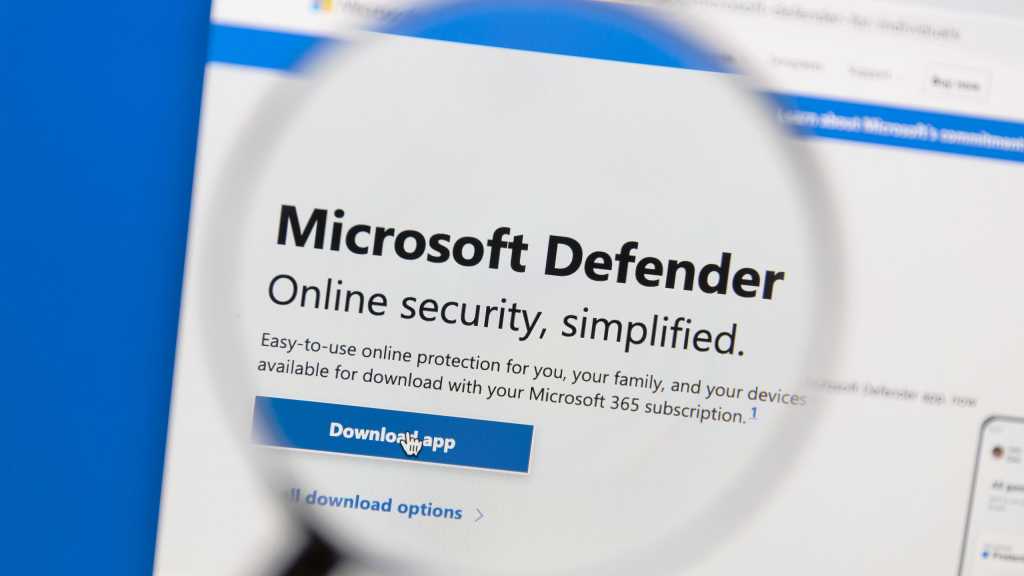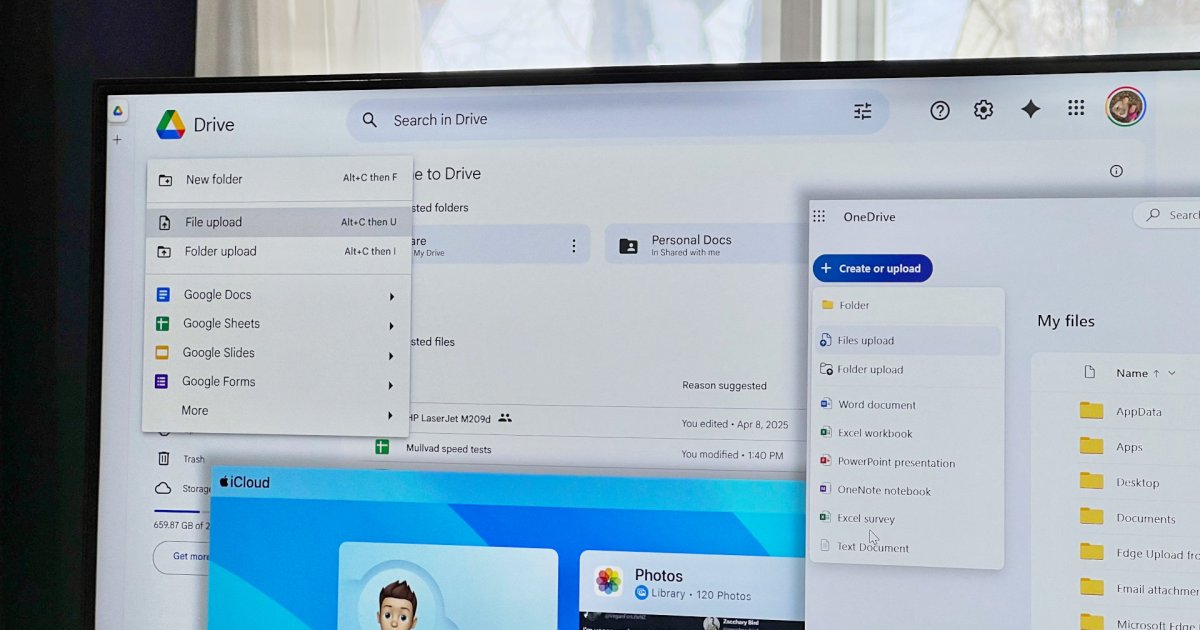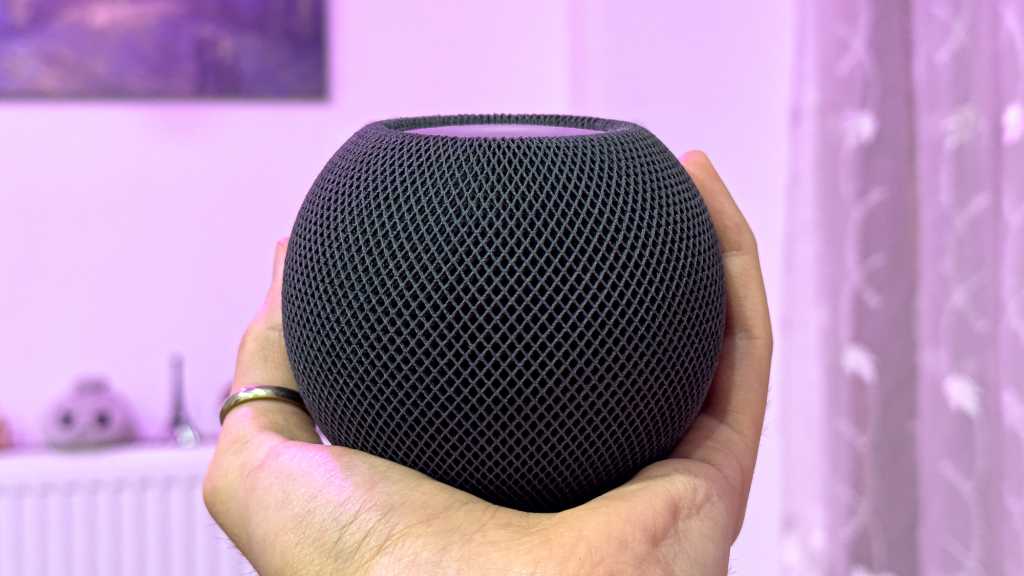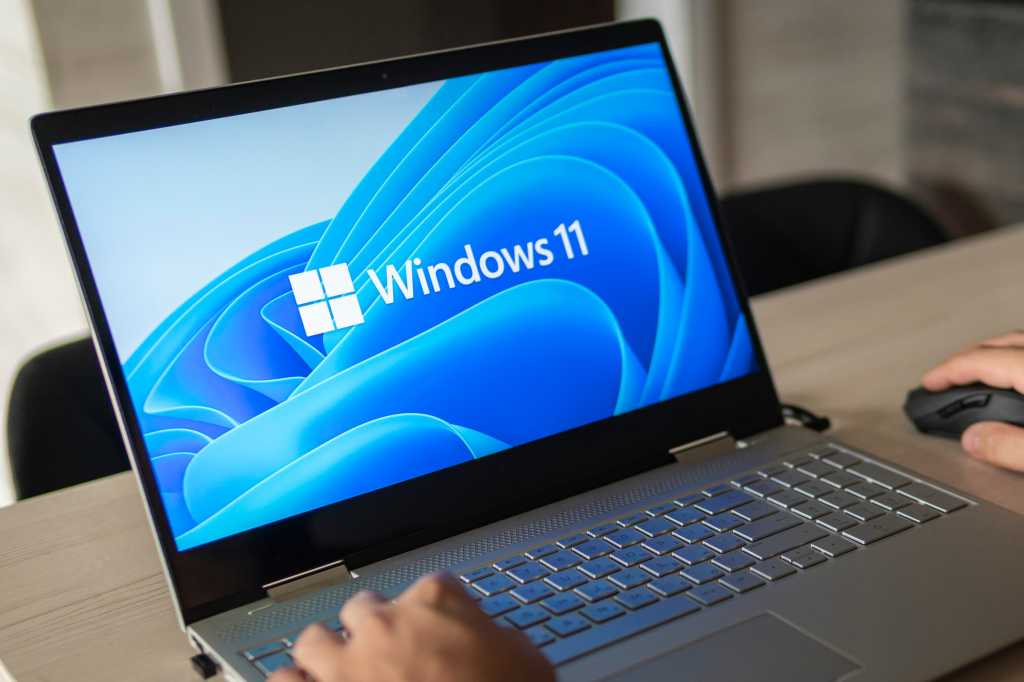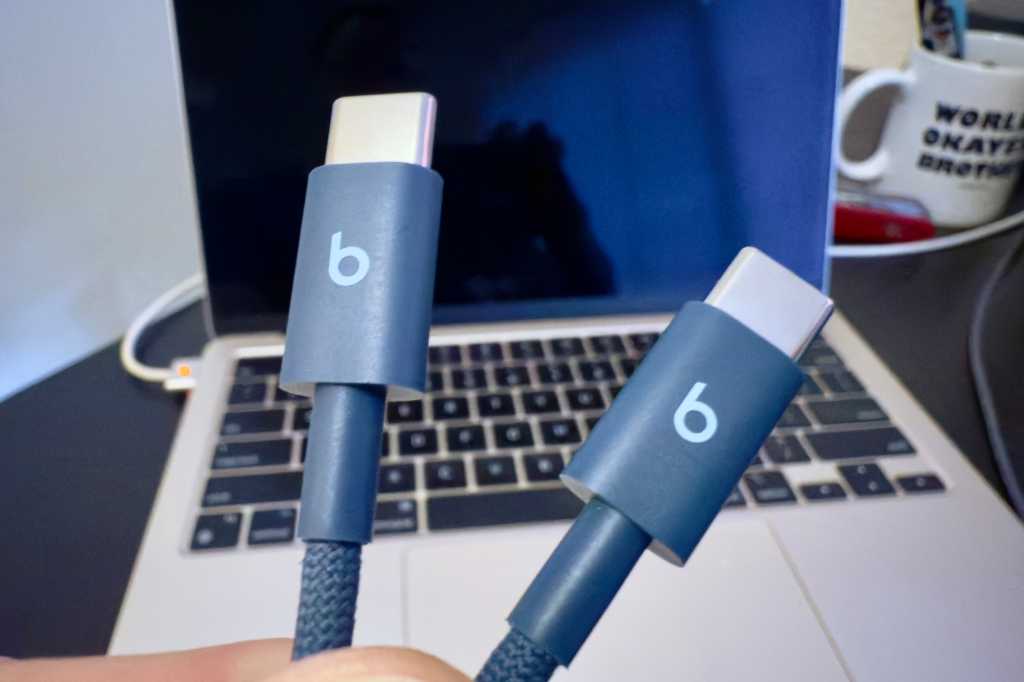When discussing Microsoft Defender, confusion often arises. Many associate it with the built-in antivirus software in Windows (now part of Windows Security). While this is partly true, as the antivirus engine within Windows Security is called Microsoft Defender Antivirus, there’s also a separate Microsoft Defender app. This app, available to Microsoft 365 subscribers, offers centralized security management for up to five devices. This article clarifies the differences between these two distinct offerings.
A Brief History of Microsoft Defender
Microsoft Defender’s origins trace back to Giant Company Software’s antispyware program. Acquired by Microsoft in 2004 amidst a surge of spyware and adware, the software was initially renamed Windows Antispyware and offered as a free download for Windows XP.
Its integration into Windows began with Vista in 2005. Initially, it only tackled spyware and adware, requiring users to rely on third-party antivirus for broader malware protection.
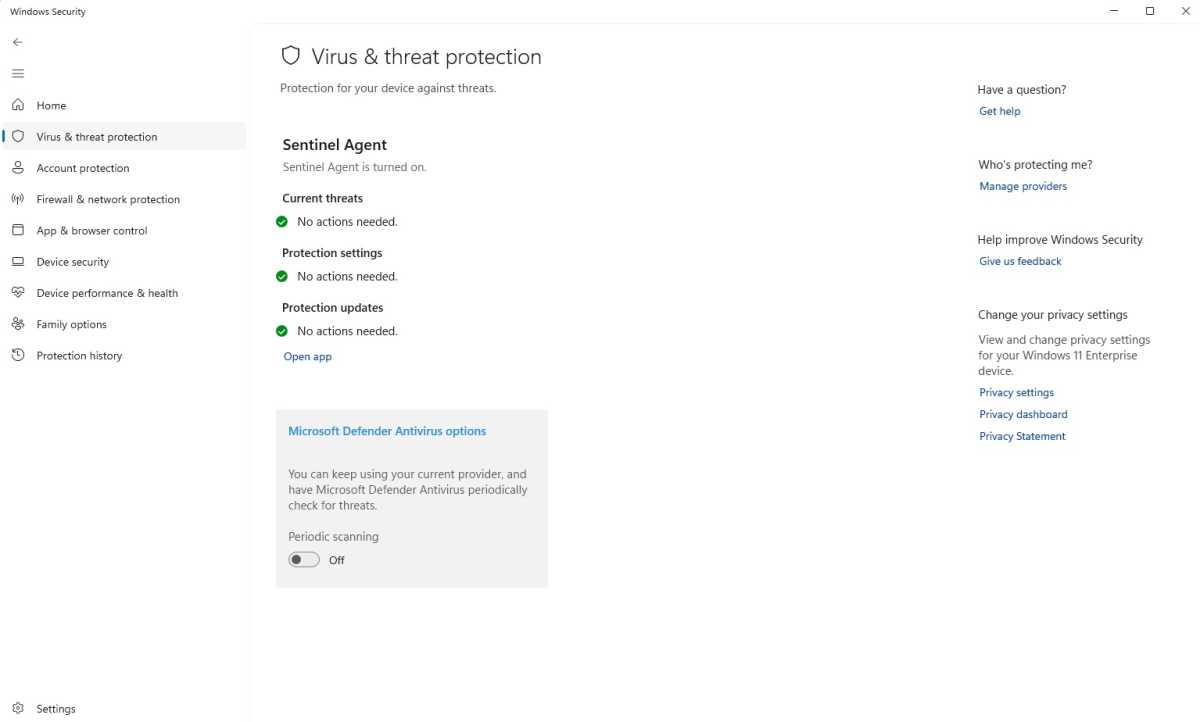 Microsoft Defender
Microsoft Defender
This changed with Windows 8 in 2012. Windows Antispyware evolved into Windows Defender, replacing Microsoft Security Essentials and offering comprehensive malware protection as an integrated OS component.
With Windows 10, Defender became part of a broader security suite managed through the Windows Defender Security Center (now simply Windows Security).
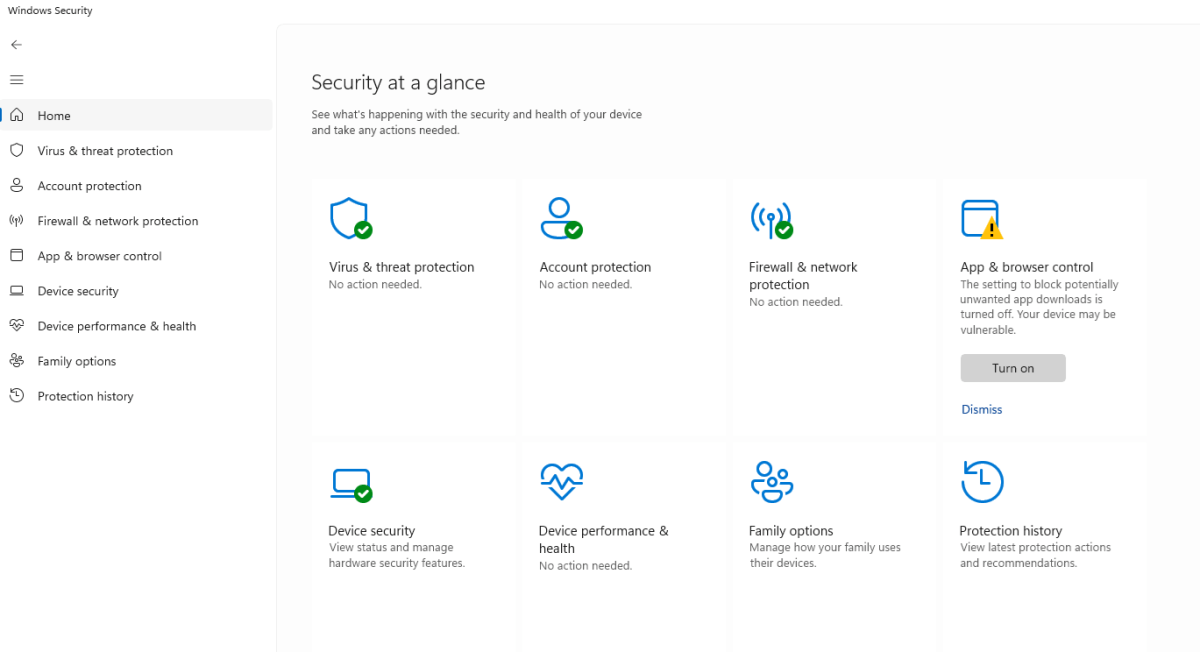 Windows Security
Windows Security
Accessible via the taskbar (the blue shield icon) or through Settings > Privacy & security > Windows Security, this hub offers a unified security management experience.
Exploring Windows Security
Windows Security encompasses several modules dedicated to data protection and security:
- Virus & threat protection: Includes Microsoft Defender Antivirus and ransomware protection, monitoring access to Windows folders.
- Account protection: Manages OneDrive data synchronization and Windows login options.
- Firewall & network protection: Controls Windows Firewall settings.
- App & browser control: Provides protection against malicious apps, websites, and phishing attempts.
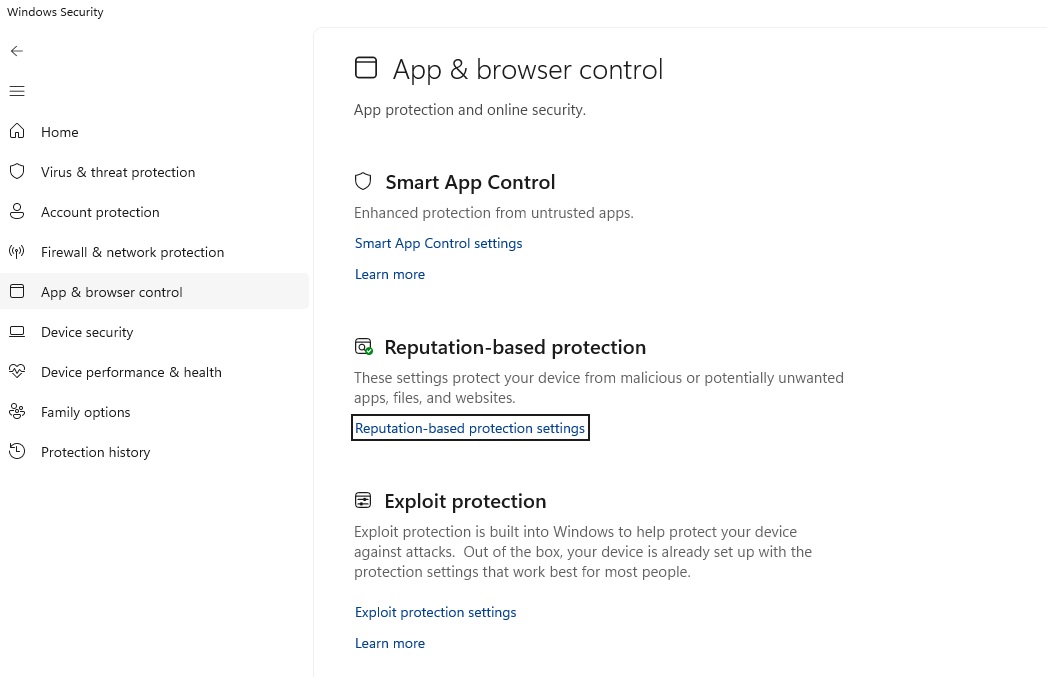 App and browser control
App and browser control
- Device security: Manages security hardware features.
- Device performance & health: Offers reports on the computer’s security status.
- Family options: Links to online parental control settings in your Microsoft account.
- Protection history: Logs actions taken against viruses and potentially unwanted programs.
Microsoft Defender App: Features and Functionality
Distinct from Microsoft Defender Antivirus, the Microsoft Defender app (or Microsoft Defender for Individuals) offers centralized security management for up to five devices (PCs, Macs, Android, and iOS). Available to Microsoft 365 Single and Family subscribers, it’s often installed automatically with Office or can be downloaded from the Microsoft Store.
 Microsoft Defender
Microsoft Defender
Multi-Device Protection with the Microsoft Defender App
Adding devices to Microsoft Defender is simple, using QR codes or links to respective app stores. The app provides a dashboard view of device security status and a security history log, accessible via “Device protection” or “Warnings and history.”
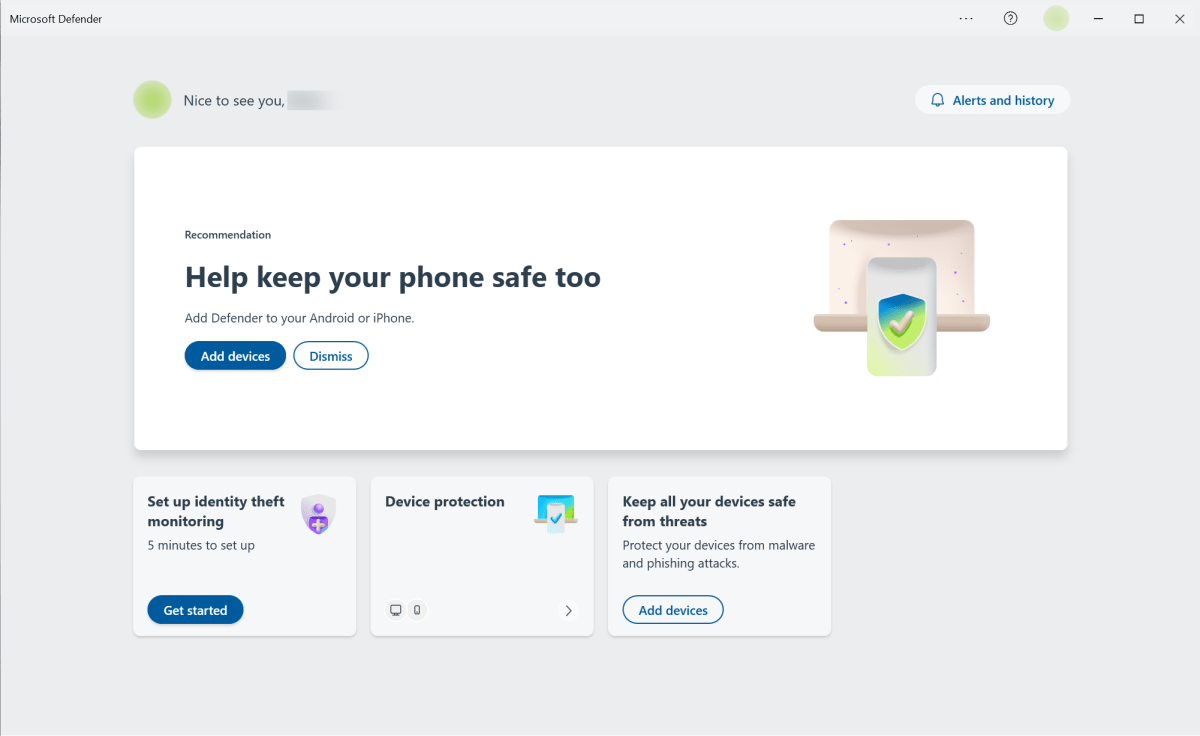 Microsoft Defender
Microsoft Defender
It’s important to note that the Defender app works with various antivirus programs, not just Microsoft Defender Antivirus, consolidating alerts from different providers.
Microsoft Defender on Mobile
The Android version requires manual installation from the Google Play Store and signing into a Microsoft account. It includes a virus scanner, web protection, and security tips. Manual scans can be initiated, though daily scans occur automatically. Web protection checks visited websites against Microsoft’s list of dangerous sites.
Using Another Antivirus with Windows Defender
Installing a third-party antivirus usually disables Windows Defender. However, you can still enable periodic scans. In Windows Security, under “Virus & Threat Protection,” enable “Periodic scanning” within “Microsoft Defender Antivirus options.” This allows Defender to perform a quick scan daily, even with another antivirus active.
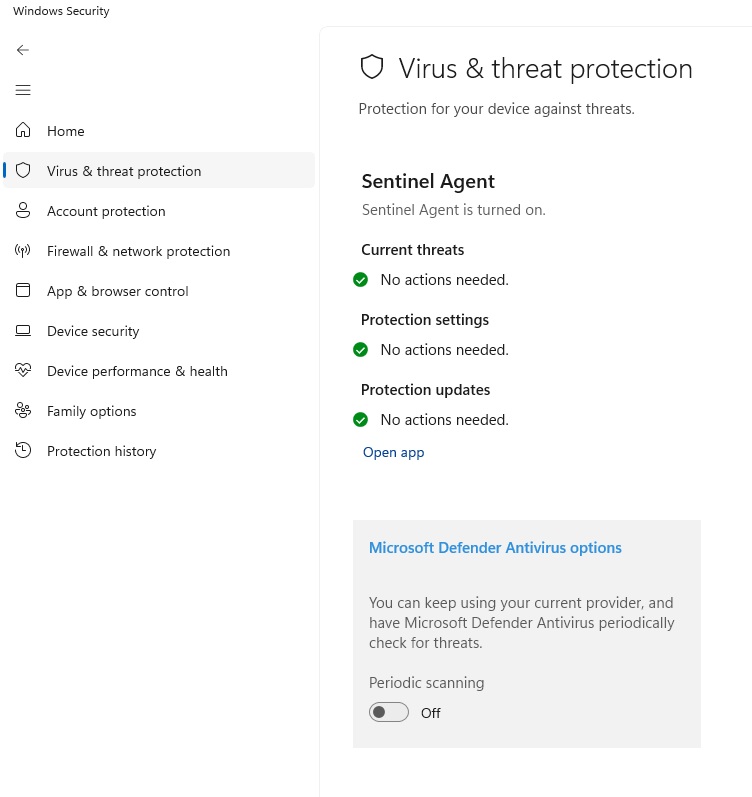 Windows Security
Windows Security



